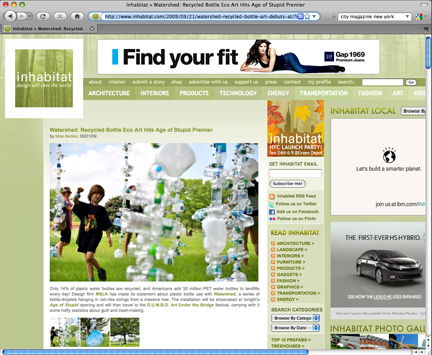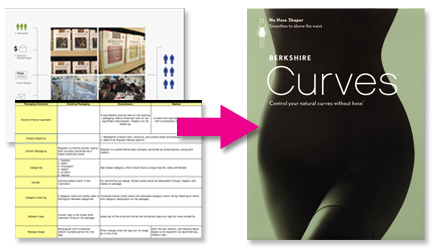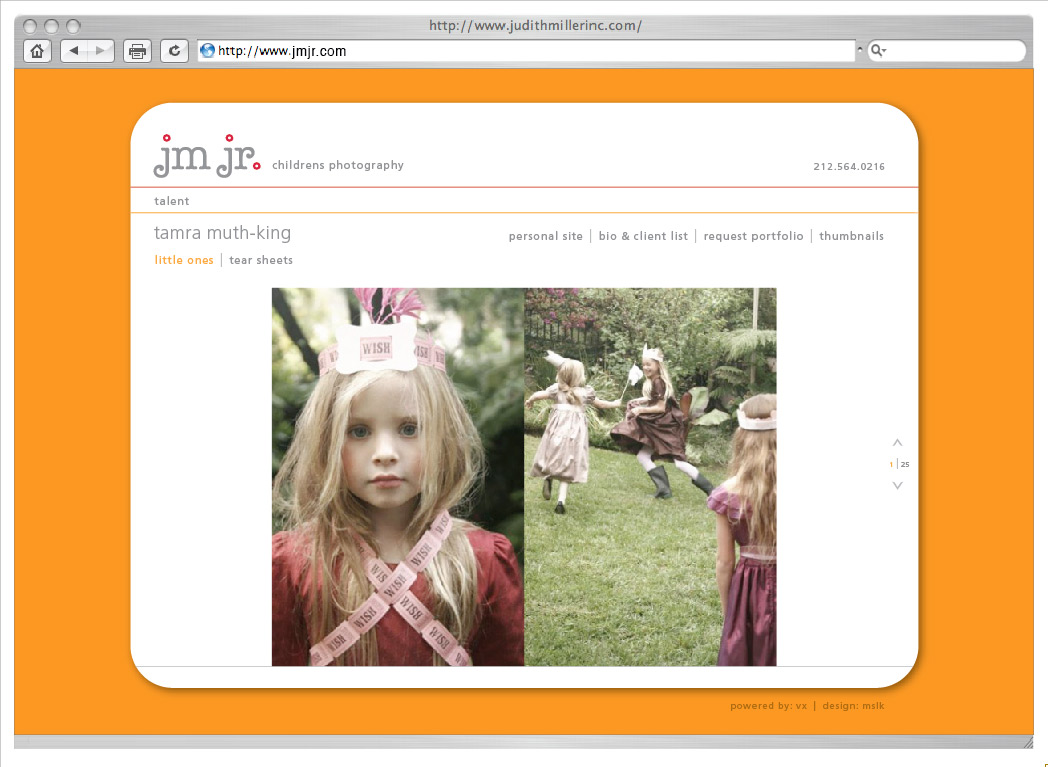
Beginning Projects the Right Way with a Creative Brief

As a marketer, how can you harness Design to support your brand’s strategic goals? When we speak of Design, (notice the capital D) we are of course not only talking about graphics and stylistic treatments (you already knew that right?) but about the organization of information, the hierarchy of messages and brand assets. Starting a project with a creative brief ensures that the visual design that emerges is purposeful, allowing your brand to perform in the market as you intended. It is the objective starting point before the more subjective design process begins.
What is it exactly?
A creative brief is a document that defines the project and succinctly describes how each component of the problem will be solved. It provides a clear framework for the creative process and should be used to evaluate design iterations throughout a project’s duration. For many firms, creative briefs are a multi-page document containing many paragraphs of text describing the client’s market position, assignment and project goals. Our creative briefs are simpler yet go further in order to prepare our clients for creativity. They usually take the form of a one-page chart, making it simple to reference and easy to understand at a glance. No one will read a brief with too many words and the primary goal of uniting the client and creative team will be lost. It is often a project in and of itself.
Excerpt from a sample brief
In order to understand how a creative brief directly affects the resulting creative, let’s take a look at parts of a sample brief. Note that the company name and specific references have been removed.
This brand is asking for a packaging redesign. The company has a complex product line with multiple categories along with a standard and premium level offering. They are requesting that multiple design directions be explored but haven’t considered how or why each direction might be different. Here’s a sampling of the core sections:
1. Overall Messaging and Market positioning
-Direction 1: Product copy will reinforce a nationalistic message, positioning the brand as classic and all-American with offerings for everyone.
-Direction 2: Product copy will emphasize the advanced technology in the products, positioning the brand as young, technical and sleek.
2. Overall Mood and Tone
– Direction 1: An evolution of the existing packaging, feels rough and earthy. (more classic)
-Direction 2: Sleek, modern, and techy (more contemporary)
3. Category Coloring
In both directions, color will be used to delineate categories.
-Direction 1: Category colors will be played up, taking over the majority of the package.
-Direction 2: Overall brand colors will be emphasized while category colors will be used as accents.
4. Graphics and Imagery
-Direction 1: Photography will communicate the product’s purpose.
-Direction 2: A bold graphic language will communicate the purpose and technology within the product.
5. Basic vs. Premium
-Direction 1: Premium products will have foil-stamped accents, and the color scheme will remain consistent with the basic packaging.
-Direction 2: Premium products will have a very different color scheme that contrasts with the basic packaging.
The Benefits
Creative briefs allow for an efficient process that saves time and money by ensuring that strategic objectives are investigated during the design phase. This is very different from the trap that many designers fall into: creating endless minor variations on color and typeface (just for the sake of it) and calling these “different directions.” This is not a true exploration and does little to propel a project forward.
In the above example, I’m sure you can see a clear roadmap starting to emerge. Design will not magically come out of thin air or be subject to the personal whims of the designer, but will be rooted in the defined criteria. Of course there are times to veer off course and break the rules. The creative brief should be open enough to allow for this. It is not meant to stifle creativity, but to provide healthy structure for the design exploration. From this seemingly dry list of items, groundbreaking, beautiful visual design can and will emerge!

